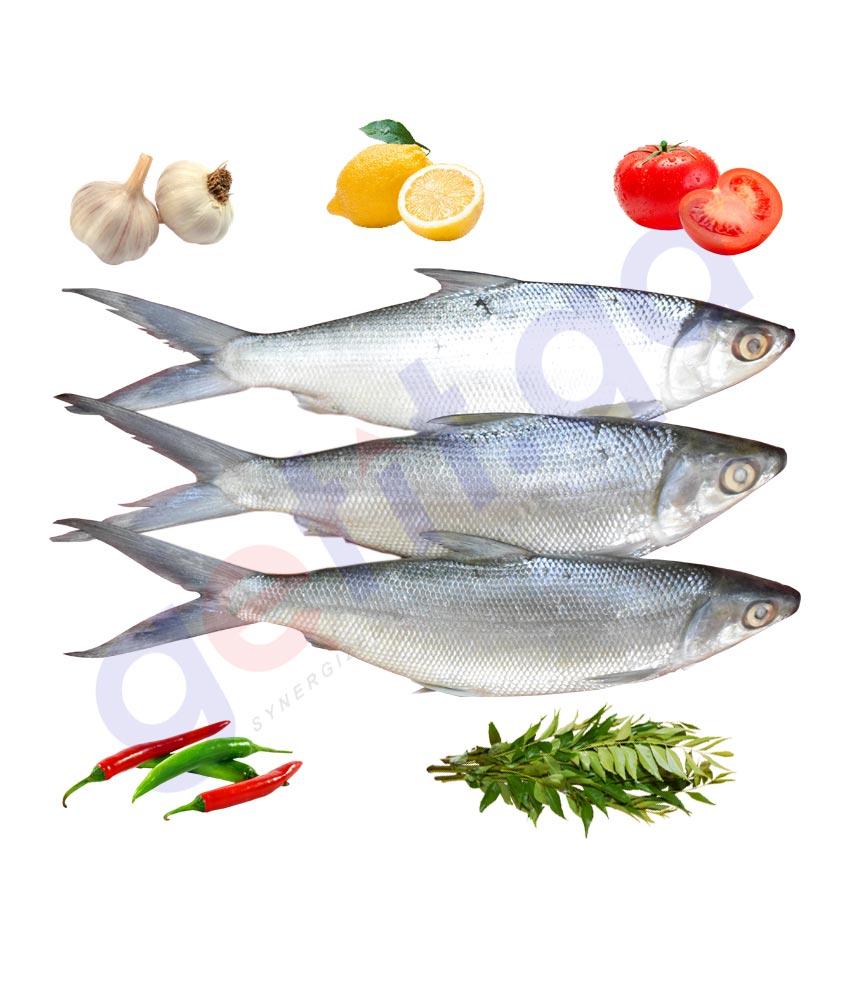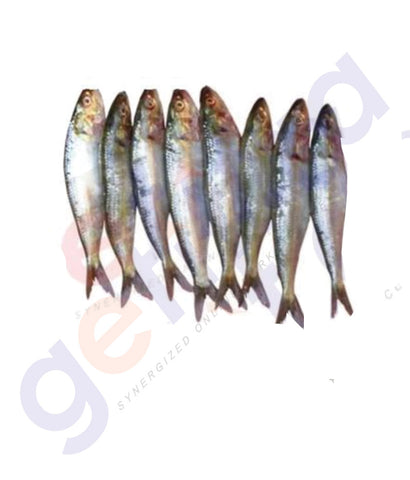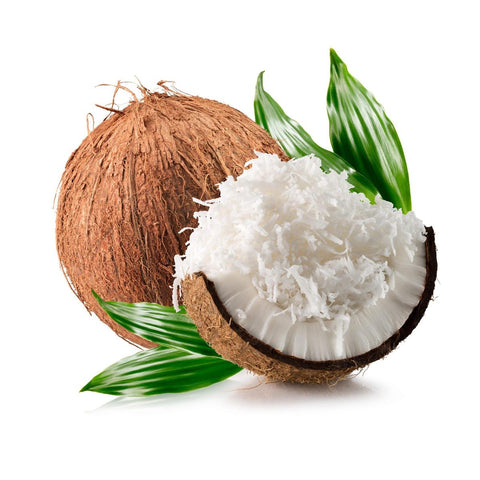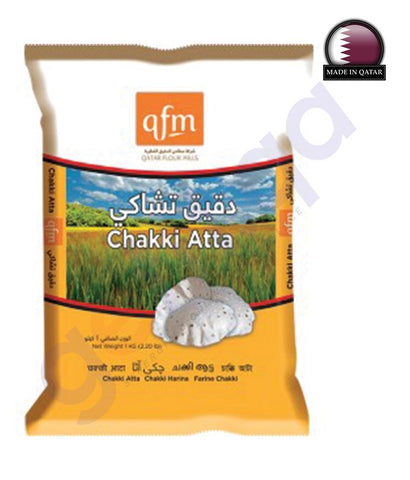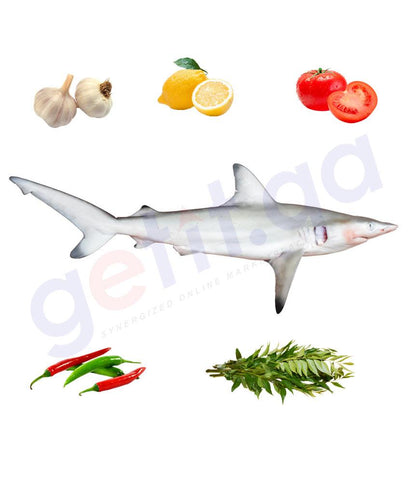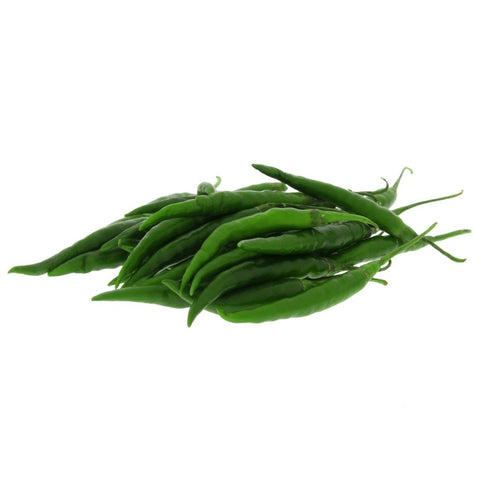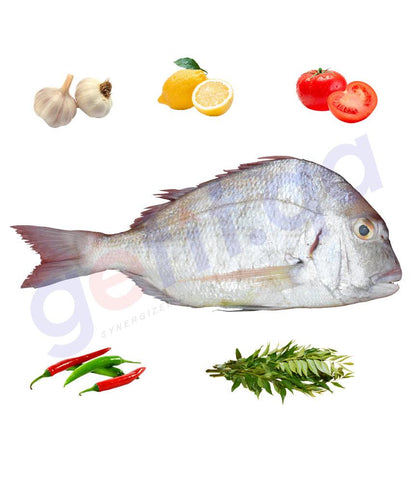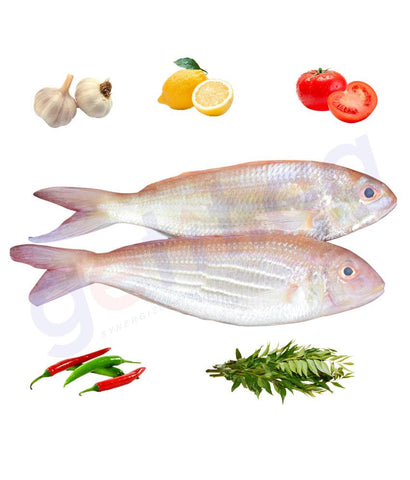Chanos chanos - Milk Fish Small
Chanos chanos - Milk Fish
Short Description :- The milkfish (Chanos chanos) is the sole living species in the family Chanidae.However, there are at least five extinct genera from the Cretaceous.
The species has many common names. The Hawaiian name for the fish is awa. It is called bangús in the Philippines, where it is the national fish. In the Nauruan language, it is referred to as ibiya. Milkfish is also called "bandeng" or "bolu" in Indonesia.
The milkfish can grow to 1.80 m (5 ft 11 in), but are most often no more than 1 m (39 in) in length. They can reach a weight of about 14.0 kg. and an age of 15 years. They have an elongate and almost compressed body, with a generally symmetrical and streamlined appearance, one dorsal fin, falcate pectoral fins and a sizable forked caudal fin. Mouth is small and toothless. Body color is olive green, with silvery flanks and dark bordered fins. They have 13-17 dorsal soft rays, 8-10 anal soft rays and 31 caudal fin rays.
Distribution :- Chanos chanos occurs in the Indian Ocean and across the Pacific Ocean, from South Africa to Hawaii and the Marquesas, from California to the Galapagos, north to Japan, south to Australia. Milkfishes commonly live in tropical offshore marine waters around islands and along continental shelves, at depths of 1 to 30 m. They also frequently enter estuaries and rivers.
Biology :- These fishes generally feed on cyanobacteria, algae and small invertebrates. They tend to school around coasts and islands with coral reefs. The young fry live at sea for two to three weeks and then migrate during the juvenile stage to mangrove swamps, estuaries, and sometimes lakes, and return to sea to mature sexually and reproduce. Females spawn at night up to 5 million eggs in saline shallow waters.
Comsumption :- The milkfish is an important seafood in Southeast Asia and some Pacific Islands. Because milkfish is notorious for being much bonier than other food fish, deboned milkfish, called "boneless bangús" in the Philippines, has become popular in stores and markets. Another popular presentation of milkfish in Indonesia is bandeng duri lunak' (ikan bandeng is the Indonesian name for milkfish) from Central and East Java. Bandeng presto is pressure cooked milkfish until the bones are rendered tender. Another way to prepare milkfish is bandeng asap or smoked milkfish. Either fresh or processed, milkfish is the popular seafood product of Indonesian fishing towns, such as Juwana near Semarang in Central Java, and Sidoarjo near Surabaya in East Java.




